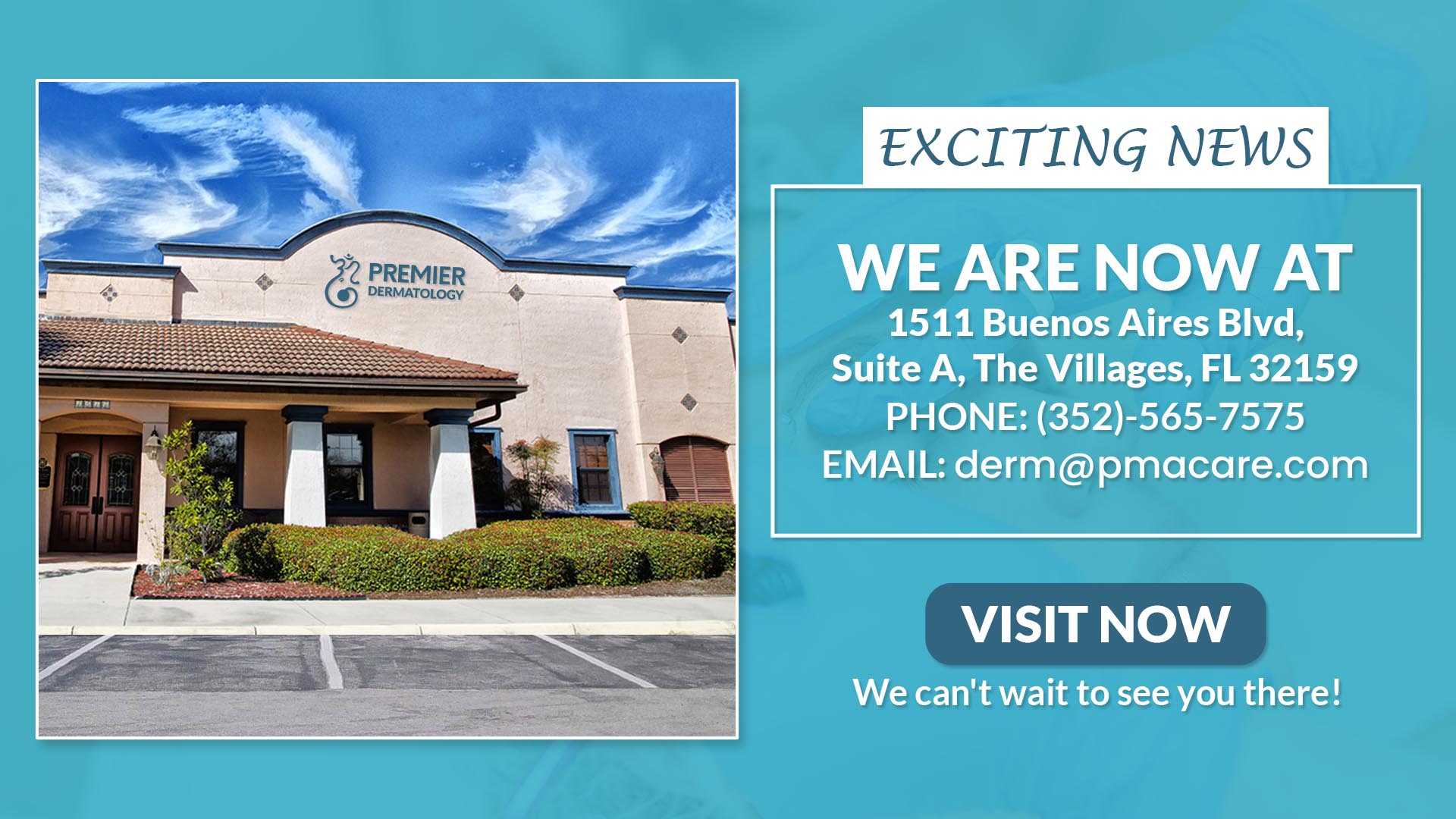What is Mohs Micrographic Surgery?
Mohs micrographic surgery is a highly specialized surgical technique designed specifically for the removal of skin cancer. This advanced procedure was developed in the 1930s by Dr. Frederick Mohs, initially to treat non-melanoma skin cancers. Over the years, it has evolved into the preferred method for excising various types of skin cancers, establishing itself as the gold standard in skin cancer treatment.
The primary goal of the Mohs surgery procedure is to achieve the complete removal of cancerous skin while preserving as much healthy tissue as possible. This is particularly critical in areas where cosmetic and functional outcomes are vital, such as the face, neck, and other visible regions. The meticulous nature of the procedure involves the step-by-step removal of skin layers, which are then immediately examined microscopically for cancer cells. If cancerous cells are detected, further layers are removed until clear margins are confirmed, ensuring total skin cancer removal.
One of the defining features of Mohs micrographic surgery is its ability to minimize the risk of recurrence by confirming the complete excision of cancerous tissues. This precise approach has garnered it wide acceptance among dermatologists, as it facilitates a more confident prognosis for patients. As a result, patients can expect lower recurrence rates compared to other skin cancer treatment options.
Furthermore, the technique not only enhances the likelihood of complete cancer eradication but also prioritizes cosmetic outcomes, making it a pivotal choice in dermatologic surgery. The continual advancements in this field, along with ongoing research, further bolster the efficacy and safety of Mohs micrographic surgery, solidifying its position as the leading technique for those afflicted with skin cancer.
The Mohs Surgical Process Explained
Mohs micrographic surgery is a precise and effective method utilized in the eradication of skin cancer. The process begins with an initial consultation, during which the dermatologist evaluates the patient’s specific case, discussing the nature of the skin cancer, its location, and the recommended treatment plan. This meeting allows for a thorough understanding of the Mohs surgery procedure and any preparatory steps that may be necessary.
Once the patient is deemed a suitable candidate for Mohs micrographic surgery, preparations are made for the procedure. Patients are generally advised to avoid blood-thinning medications in the days leading up to the surgery, as these can increase the risk of bleeding. On the day of the surgery, the patient is typically advised to wear comfortable clothing and to arrive at the medical facility with someone to escort them home post-surgery, as sedation may be utilized during the procedure if necessary.
The actual Mohs surgery procedure begins with the local administration of anesthetics to numb the targeted area. The surgeon then removes the visible skin cancer along with a thin layer of surrounding tissue. This initial excision is key to achieving a clear margin. Once the layer is removed, it is prepared for immediate examination under a microscope. This step is a defining feature of Mohs micrographic surgery, as it allows the surgeon to verify whether any cancerous cells remain in the excised tissue.
If cancerous cells are detected, the procedure is repeated. Additional skin layers are removed and examined, ensuring complete cancer removal while preserving as much healthy tissue as possible. This meticulous approach minimizes the likelihood of recurrence and optimizes cosmetic outcomes. Through the iterative nature of this dermatologic surgery, Mohs micrographic surgery stands out as a reliable skin cancer treatment option with high success rates.
Benefits of Mohs Micrographic Surgery
Mohs micrographic surgery is widely recognized as the gold standard in skin cancer treatment due to its numerous advantages. One of the foremost benefits is its exceptionally high cure rates. This technique allows for a meticulous examination of cancerous cells, ensuring that all traces of skin cancer are eliminated. Studies have shown that Mohs surgery boasts cure rates of up to 99% for new skin cancers and up to 95% for recurrent cases. Such effectiveness underscores why many dermatologists advocate for this procedure over other skin cancer removal methods.
Another significant advantage of the Mohs surgery procedure is the preservation of surrounding healthy tissue. Unlike traditional excisional surgery, which may necessitate the removal of larger areas to ensure complete cancer eradication, Mohs surgery enables surgeons to conserve healthy skin while accurately targeting malignant cells. This aspect not only aids in maintaining an aesthetically pleasing appearance post-surgery but also reduces the potential for scarring, making it a favored option for patients concerned about their cosmetic outcomes.
The real-time imaging component inherent in Mohs micrographic surgery is pivotal to its success. During the procedure, a surgeon removes thin layers of cancerous skin and immediately examines them under a microscope. This immediate feedback allows for precise identification and removal of any remaining cancerous cells without the need for multiple sessions. This efficiency translates into a minimized risk of recurrence, as the surgery ensures that all cancerous tissues are identified and excised on the spot. Consequently, patients benefit from not only a higher likelihood of successful skin cancer treatment but also fewer follow-up appointments and a more straightforward recovery process.
Comparing Mohs Surgery to Other Treatment Methods
Mohs micrographic surgery stands out as a highly effective skin cancer treatment, particularly for non-melanoma forms such as basal cell carcinoma and squamous cell carcinoma. However, it is important to consider how it compares to other common treatment methods, including cryotherapy, topical chemotherapy, and traditional excision, each of which has its own set of effectiveness and suitability for specific cases.
Cryotherapy involves freezing cancerous cells with liquid nitrogen, which is often less invasive and suitable for superficial skin cancers. While this method offers a quick treatment option, its effectiveness may diminish for more invasive cancers, and there is a risk of scarring and pigment changes in the treated area. Unlike Mohs surgery, which ensures complete cancer removal through meticulous examination, cryotherapy does not allow for real-time confirmation of clear margins.
Topical chemotherapy utilizes medications applied directly to the skin, targeting cancerous cells while minimizing damage to surrounding healthy tissue. This method is effective primarily for superficial skin cancers but generally has a longer treatment duration compared to the Mohs surgery procedure. Patients may experience local skin reactions, and the technique does not guarantee complete removal of the cancer, potentially necessitating further interventions.
Traditional excision involves surgically cutting out the cancerous tissue along with a margin of healthy skin. While this method is recognized for its ability to remove cancer effectively, it does not provide the same assurance of complete cancer clearance seen with Mohs micrographic surgery. In addition, the larger excision can lead to more significant scarring, particularly in cosmetically sensitive areas.
Overall, while other skin cancer treatment methods like cryotherapy, topical chemotherapy, and traditional excision offer viable alternatives, Mohs micrographic surgery remains the gold standard due to its effectiveness, precision, and lower risk of cancer recurrence. Each patient’s unique situation should be considered when determining the most appropriate treatment choice.
What to Expect Before, During, and After Mohs Surgery
Before undergoing Mohs micrographic surgery, patients will typically receive thorough pre-operative instructions from their dermatologic surgeon. It is essential to disclose any medications taken, including blood thinners, as they may need to be adjusted prior to the surgery to minimize the risk of excessive bleeding. Patients are also advised to avoid aspirin and nonsteroidal anti-inflammatory drugs (NSAIDs) several days before the procedure. Hydration is crucial, and patients should ensure that they have a light meal before the appointment to maintain energy levels throughout the surgery.
During the Mohs surgery procedure itself, patients will find themselves in a controlled and calming environment, often within a dermatology clinic. The surgery is typically performed under local anesthesia, which means that the patient remains awake but feels no pain. The surgeon will meticulously remove the cancerous skin, layer by layer. Each layer is then examined for cancer cells, ensuring complete skin cancer removal. This process might take several hours, depending on the size and extent of the cancer. Meanwhile, patients are encouraged to bring a book or electronic device to help pass the time while awaiting results between excisions.
Post-operatively, care is vital for optimal healing and reducing the risk of scarring. Patients will receive specific instructions on how to care for the surgery site, including how to keep it clean and when to apply topical ointments or dressings. It is common to experience slight swelling or discomfort, which can usually be managed with over-the-counter pain relievers as detailed by the physician. Follow-up appointments will be necessary to monitor the healing process and to ensure that healing is progressing as expected. Overall, understanding each phase—from preparation to recovery—can help ease patient anxiety and lead to a successful Mohs surgery experience.
Potential Risks and Complications of Mohs Surgery
Mohs micrographic surgery is recognized as a highly effective method for skin cancer removal, particularly for non-melanoma types. While the procedure is considered safe, it is essential to understand the potential risks and complications associated with it. Like any surgical intervention, there are inherent side effects that patients should be aware of prior to undergoing this dermatologic surgery.
Common side effects of Mohs surgery include temporary swelling, redness, and discomfort at the surgical site. Patients may experience mild pain in the days following the procedure, which can typically be managed with over-the-counter pain relief medications. In some cases, bleeding may occur during the surgery, necessitating careful monitoring by the healthcare provider. Additionally, if the surgical site is exposed to excessive moisture or friction during the healing phase, there may be a risk of infection, necessitating prompt medical attention.
Healing issues can arise, particularly for patients with compromised immune systems or those taking medications that affect healing processes. Scarring is another potential concern, as the Mohs surgery procedure involves the precise removal of cancerous tissue layer by layer, which may result in noticeable changes to the skin’s appearance. However, skilled surgeons often utilize techniques to minimize scarring.
Rare complications can occur, although they are uncommon. These may include excessive bleeding that requires intervention or the formation of abnormal growths at the surgical site. It is crucial for patients to adhere to post-surgery care instructions provided by their healthcare providers, as proper wound care significantly reduces the risks of complications and promotes effective healing.
In conclusion, while Mohs micrographic surgery is a highly effective skin cancer treatment, it is important for patients to have informed discussions with their healthcare providers about potential risks and complications to ensure the best possible outcomes.
Who is a Candidate for Mohs Micrographic Surgery?
The suitability of a patient for Mohs micrographic surgery primarily hinges upon several critical factors that encompass the type and stage of skin cancer, the location of the tumor, and the patient’s previous treatment history. Mohs surgery is specifically tailored for individuals diagnosed with certain types of skin cancer, particularly basal cell carcinoma and squamous cell carcinoma, which are the most common forms. This procedure is especially beneficial for cancers that present at cosmetically sensitive sites, such as the face, ears, and neck, due to its precision in tumor removal while conserving as much healthy tissue as possible.
Furthermore, the stage of the skin cancer significantly influences candidacy. Mohs micrographic surgery is often recommended for cancers that are large, aggressive, or have recurred after previous treatments. This surgery is also advantageous if the cancer borders critical structures like the eyes or nose, where complete excision is crucial yet challenging. The patient’s overall health and ability to undergo dermatologic surgery should also be considered, as those with underlying health issues may face greater risks during and after the procedure.
Additionally, previous treatments for skin cancer can impact a patient’s eligibility for Mohs surgery. Individuals who have undergone radiation therapy or other extensive skin cancer treatments may have altered skin integrity, making it important to evaluate the potential outcomes carefully. Ultimately, the decision to proceed with Mohs micrographic surgery is often made in consultation with a qualified dermatologist or oncologist, who will assess all relevant factors to determine the best course of action for effective skin cancer removal.
Managing Scarring and Recovery after Mohs Surgery
After undergoing a Mohs micrographic surgery, patients often express concerns about potential scarring and the overall recovery process. While the Mohs surgery procedure is known for its high efficacy in ensuring complete skin cancer removal, it is important to understand how to manage scarring in order to achieve the best possible aesthetic outcome. Scarring largely depends on the individual’s skin type, the depth of the incision, and the area treated, but there are various strategies that can be employed to minimize the appearance of scars.
One of the primary approaches to managing scarring post-surgery is proper wound care. Following the instructions provided by the dermatologist or surgeon is crucial to reduce the risk of complications. Keeping the incision clean and moisturized will facilitate healing. Over-the-counter silicone gel sheets or silicone ointments can be beneficial in flattening and softening scars, promoting a more favorable appearance over time. Patients may also consider consulting with a dermatologic surgery specialist for additional treatment plans tailored to individual needs, such as laser therapy or steroid injections, which can further enhance scar management.
In addition to direct treatments for scars, adopting healthy lifestyle habits plays a significant role in recovery. Staying hydrated, consuming a balanced diet rich in vitamins and minerals, and avoiding smoking can significantly boost the body’s natural healing processes. It is also advisable to limit sun exposure on the healing area, as UV rays can darken scars and impede proper healing. Wearing a broad-spectrum sunscreen once the incision has healed protects the area and maintains the skin’s overall health.
By combining effective treatments and healthy habits, patients can manage scarring and optimize their recovery after undergoing Mohs micrographic surgery, ultimately achieving better cosmetic results in their skin cancer treatment journey.
Finding a Qualified Mohs Surgeon
When seeking effective skin cancer treatment, particularly through the mohs micrographic surgery approach, it is essential to find a qualified Mohs surgeon. Selecting the right physician can significantly impact the outcome of your skin cancer removal. The first step in this process is ensuring that the surgeon is board-certified in dermatology and has completed a fellowship specifically in Mohs surgery. These qualifications guarantee that the surgeon has received the necessary training in this specialized technique of dermatologic surgery.
Experience matters greatly when it comes to a Mohs surgery procedure. Ask potential surgeons about their specific experience in performing Mohs micrographic surgery. Surgeons who have performed this procedure extensively are often more adept at handling various cases, including complex skin cancer types. A well-qualified Mohs surgeon should be able to provide you with comprehensive information about their past experiences and success rates in treating similar conditions.
Additionally, patient reviews can serve as a valuable resource in your search. Online platforms and healthcare review sites allow patients to share their experiences with various surgeons. These reviews can give insight into the surgeon’s bedside manner, the effectiveness of their treatment, and the overall patient experience during the mohs micrographic surgery. During your initial consultation, do not hesitate to ask potential surgeons questions regarding their approach to skin cancer treatment, their use of advanced technologies, and the expected recovery process after the procedure.
Ultimately, finding a qualified Mohs surgeon requires thorough research and evaluation. By ensuring board certification, assessing experience, and considering patient reviews, you will be better positioned to make informed decisions regarding your skin cancer removal and treatment options.




